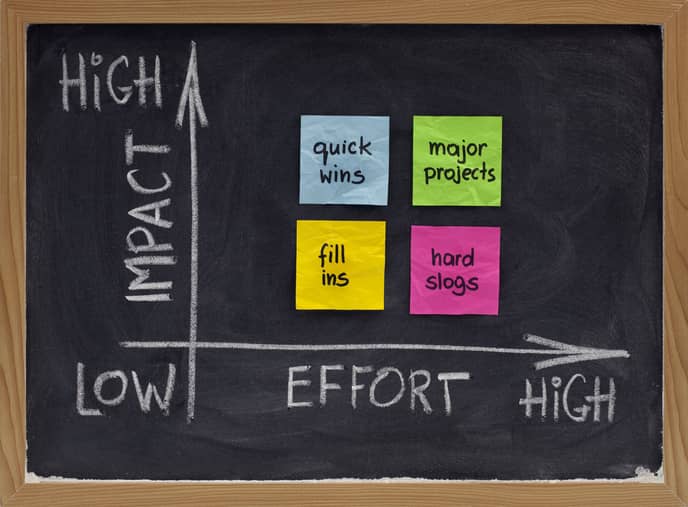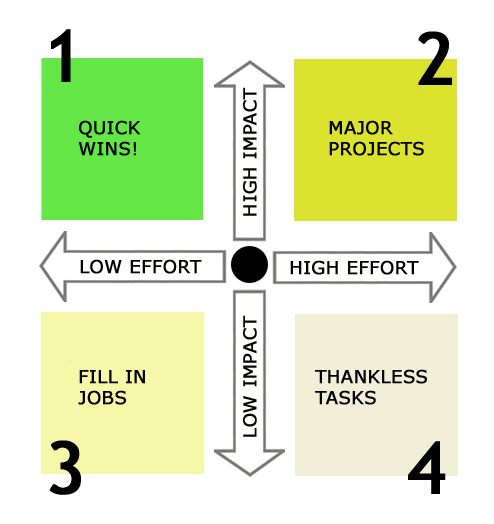Analysis is one of the most important phases within Six Sigma. During analysis, project teams seek to map out an operation in detail and identify problems that are leading to defects, errors or waste.
To put it in simple terms: You can’t make a change for the better until you thoroughly understand where you are and how one part of your operation impacts another.
Regression analysis is an important part of this phase. It’s a tool that identifies root causes of defects, errors and waste. Regression analysis estimates the impact variables have on each other as well as the final product. It allows for measurement of how well a theory fits the real-world data.
Where Regression Analysis Is Used
Regression analysis is most associated with the analysis phase of the five-step Six Sigma method of DMAIC, which stands for define, measure, analyze, improve and control. DMAIC allows organizations to optimize existing processes and eliminate defects. Regression analysis is one of many tools of the Six Sigma analysis phase.
Regression analysis can also be used in Lean to find areas of waste. It allows for both making predictions based on data and for measuring whether results align with what is expected when a variable in a process is changed.
How Regression Analysis Works
Project teams that use regression analysis make predictions and measure outcomes by using data to plot the relationship between an independent and dependent variable. This is known as linear regression.
The stronger the relationship between two variables, the better the analysis is at predicting the impact of making changes to that relationship.
Here’s an example: The data may show a strong correlation between the availability of specific tools for workers in a process and the ability for a company to meet takt time goals. This may be something both management and employees believed was the case, but data analysis provides an objective result.
While you can learn about the math elsewhere, in typical cases, a simple model is built in which the outcomes of one variable is mapped, and then the activities of other variables are plotted to see where they influence the first variable. One core idea is to determine if it is one or multiple independent variables impacting the dependent variable.
What Regression Analysis Can Find
In a report presented at the International Conference on Industrial Engineering and Operations Management, two professors from the University of Delhi wrote that the operational benefits from applying Six Sigma regression analysis on variables include:
- Decreased work-in-progress
- Improved process flow
- Increased productivity
- Improved inventory turns
- Reduced cycle time
The report also states that many operational issues are “masked” by an underlying support system that can blind companies to operational issues, even when they are persistent and predictable.
You could use regression analysis to predict:
- How supply delivery frequency impacts product assembly time
- How the productivity of one work crew differs from that of another
- The amount of product sales based on time of year
- Future profits based on level of expenses (including investment in research and development and paying talented employees)
Regression analysis uses data to illuminate blind spots in an organization and determine how one variable impacts another. It’s a useful tool to learn for those who wish to get the most out of the Six Sigma analysis phase of DMAIC.



